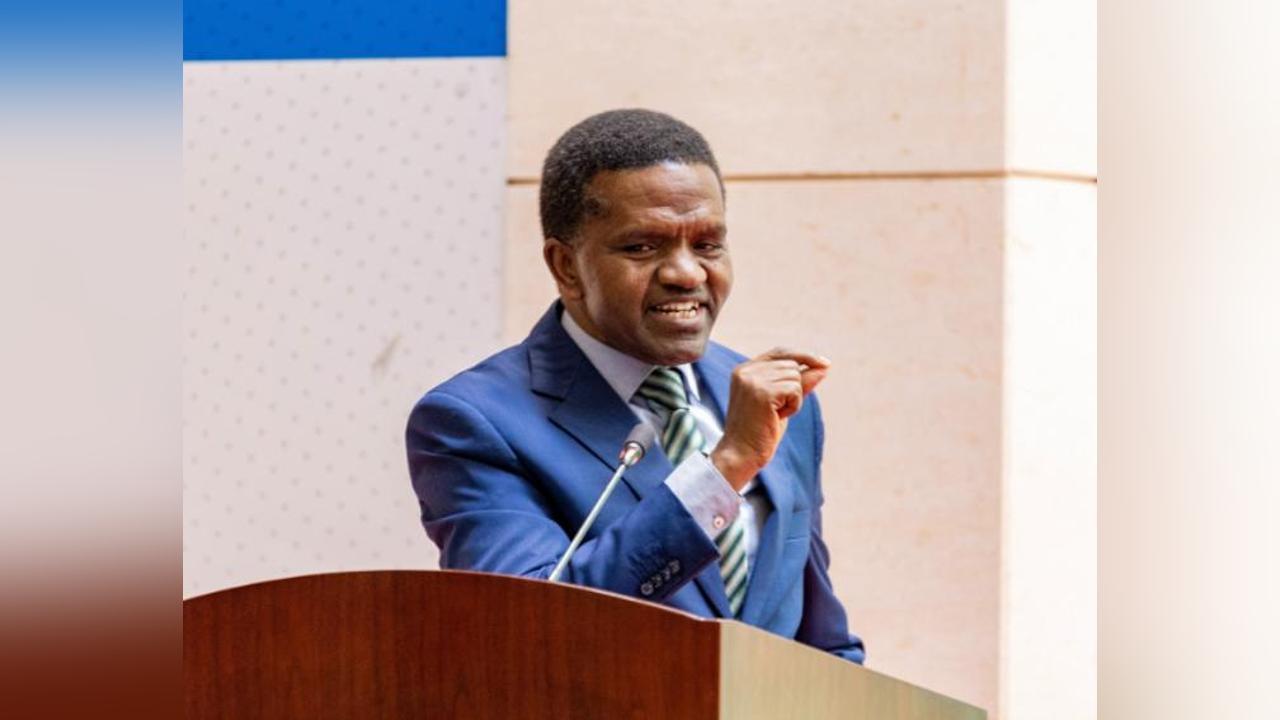Africa-Press – Tanzania. THE first National Five-Year MediumTerm Development Plan (MTDP) under Tanzania’s ambitious Vision 2050 (Dira 2050) is expected to be completed by November this year, the National Planning Commission (NPC) has announced.
NPC Executive Secretary Dr Fred Msemwa made the revelation yesterday during a recap session at the end of a two-day retreat that brought together all permanent secretaries and their deputies to review the draft of Long-Term Perspective Plan (LTPP), a critical implementation framework for Vision 2050.
The session was held at the Mwalimu Julius Nyerere Leadership School in Kibaha District, Coast Region.
“The initial Medium-Term Development Plan for 2026– 2030 is expected to be ready by November. This is a crucial step because it lays the foundation for the implementation of Dira 2050,” said Dr Msemwa.
He explained that the 25- year Long-Term Perspective Plan will guide the implementation of Dira 2050, providing an overarching framework for annual and five-year development plans.
This structured approach aims to ensure policy continuity while remaining responsive to emerging challenges and opportunities.
Dr Msemwa described the upcoming MTDP as a launchpad for the long-term vision, translating broad national goals into actionable and measurable priorities.
The LTPP review, he noted, was conducted in five working groups, which examined the plan in detail and reviewed relevant policies and legal frameworks to ensure smoother implementation.
While the review process progresses, Dr Msemwa said the NPC is now tasked with developing the Framework for the Fourth Five-Year Development Plan (FYDP IV), expected to be ready for stakeholder review and consultation by November.
In his closing remarks, Chief Secretary Ambassador Moses Kusiluka directed all permanent secretaries and their deputies to disseminate information about Dira 2050 within their ministries, ensuring every civil servant understands the document’s content and goals.
“I am taking onboard everything that Dr Msemwa has presented as part of the national agenda. This should not be seen as coming solely from the NPC, but as a collective requirement for all of us,” said Amb Kusiluka.
He added that all public policies must be reviewed and aligned with Dira 2050 before it becomes operational in July 2026.
On aligning public service delivery with the Vision, the Chief Secretary reaffirmed the government’s commitment to modernising public services to meet the standards and expectations set out in the Vision.
Dira 2050, officially launched by President Samia Suluhu Hassan on July 17th, this year in Dodoma, sets an ambitious path for Tanzania to become an upper middleincome country by 2050. The Vision targets a Gross Domestic Product (GDP) of 1 trillion US dollars and a per capita income of 7,000 US dollars (about 18m/-).
At the launch, Minister of State in the President’s Office (Planning and Investment), Professor Kitila Mkumbo stressed the importance of a strong, results-oriented implementation framework to drive the Vision forward.
“This framework must eliminate inefficiencies and demand responsible leadership, rigorous execution and accountability,” said Prof Mkumbo.
He stressed the need for a mindset shift, one that prioritises action over rhetoric and tangible outcomes over promises. Strong institutions, effective accountability mechanisms and relentless focus on efficiency will be the foundation of Dira 2050.
“Tanzania will not tolerate weak execution of its development plans,” he stated, highlighting the need for policy alignment, institutional capacity and sectoral collaboration.
To reduce reliance on foreign aid, the implementation strategy will focus on strategic investments, enhanced Public-Private Partnerships (PPPs), a robust savings culture and efficient resource management.
Prof Mkumbo acknowledged that difficult decisions will be necessary to establish Tanzania as a self-reliant, investment-driven economy.
Dira 2050 outlines several key components for successful execution, including, strategic prioritisation, phased implementation, strong institutional coordination and data-driven systems to monitor progress at every stage.
For More News And Analysis About Tanzania Follow Africa-Press







